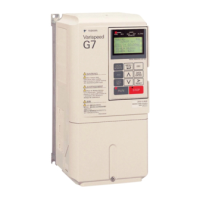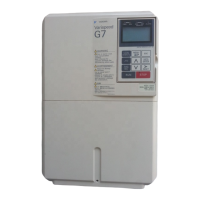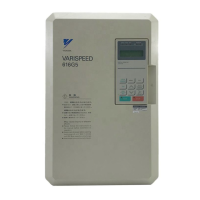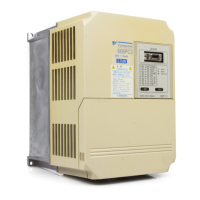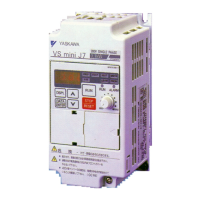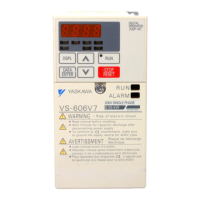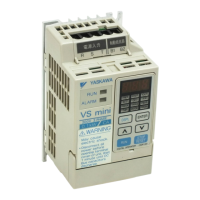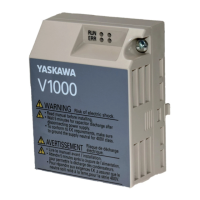10
-4
Application Function Precautions
Observe the following precautions when using the application functions.
• Perform rotational autotuning during trial operation whenever it is possible to separate the motor and
machine. To achieve the characteristics of vector control described in Table 1 0.1, the control must be
adjusted within a range that the machine will not vibrate after rotational autotuning has been performed.
• With vector control, the motor and Inverter must be connected 1:1. Vector control is not possible when
multiple motors are connected to a single Inverter. Select an Inverter capacity so the rated motor current is
50% to 100% of the rated Inverter current.
• For estimated speed searching, the motor and Inverter must be connected 1:1. The speed search must be
performed at a frequency of 130 Hz or less and with a motor with the same number of frames as or one
frame less than the Inverter capacity.
• During high-slip braking, motor loss increases, so use a high-slip braking frequency of 5% ED or less, and
a braking time of 90 seconds or less. Once high-slip braking has started, the motor cannot be restarted until
it has stopped.
• Feed forward control is a function that improves the proportional gain of the motor speed in relation to the
change in the speed reference. Adjust the response to interference loads using the speed controller (ASR)
constants.
• The torque limit function will not operate during acceleration or deceleration (during soft start transition)
when using a control method such as open-loop vector 1 control. Even if the motor speed drops due to
torque limiting while set to a fixed speed, the speed will not fall below the minimum frequency and the
motor will not slip into reverse rotation. These conditions also apply to open-loop vector 2 control and
other application functions.
Precautions for Open-loop Vector 2 Control (PRG 102 only)
In open-loop vector 2 control, two speed estimators are switched between and, if used at a maximum fre-
quency exceeding 70 Hz, there may be instances of shock occurring at the switchover. If switching shock is a
problem, reduce the switching frequency (N4-11 and N4-28). If the problem still occurs after making this
adjustment, use open-loop vector 1 control.
Do not use open-loop vector 2 control for elevating machines. Any other control method can be used.
Control Methods and Applications
Application examples for the Inverter control methods are provided here.
V/f Control (A1-02 = 0)
V/f control is suitable for applications where multiple motors are operated with a single Inverter, such as with
multi-motor drives.
Fig 10.1
Inverter
M1
M2
M3
(Thermal relay)
TOE-S616-60.1.book 4 ページ 2017年8月4日 金曜日 午後3時41分
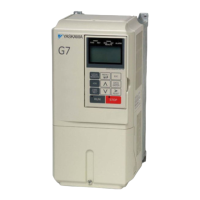
